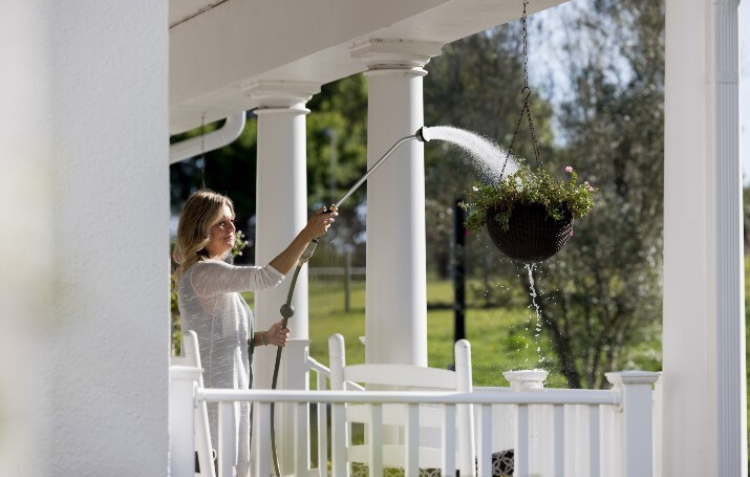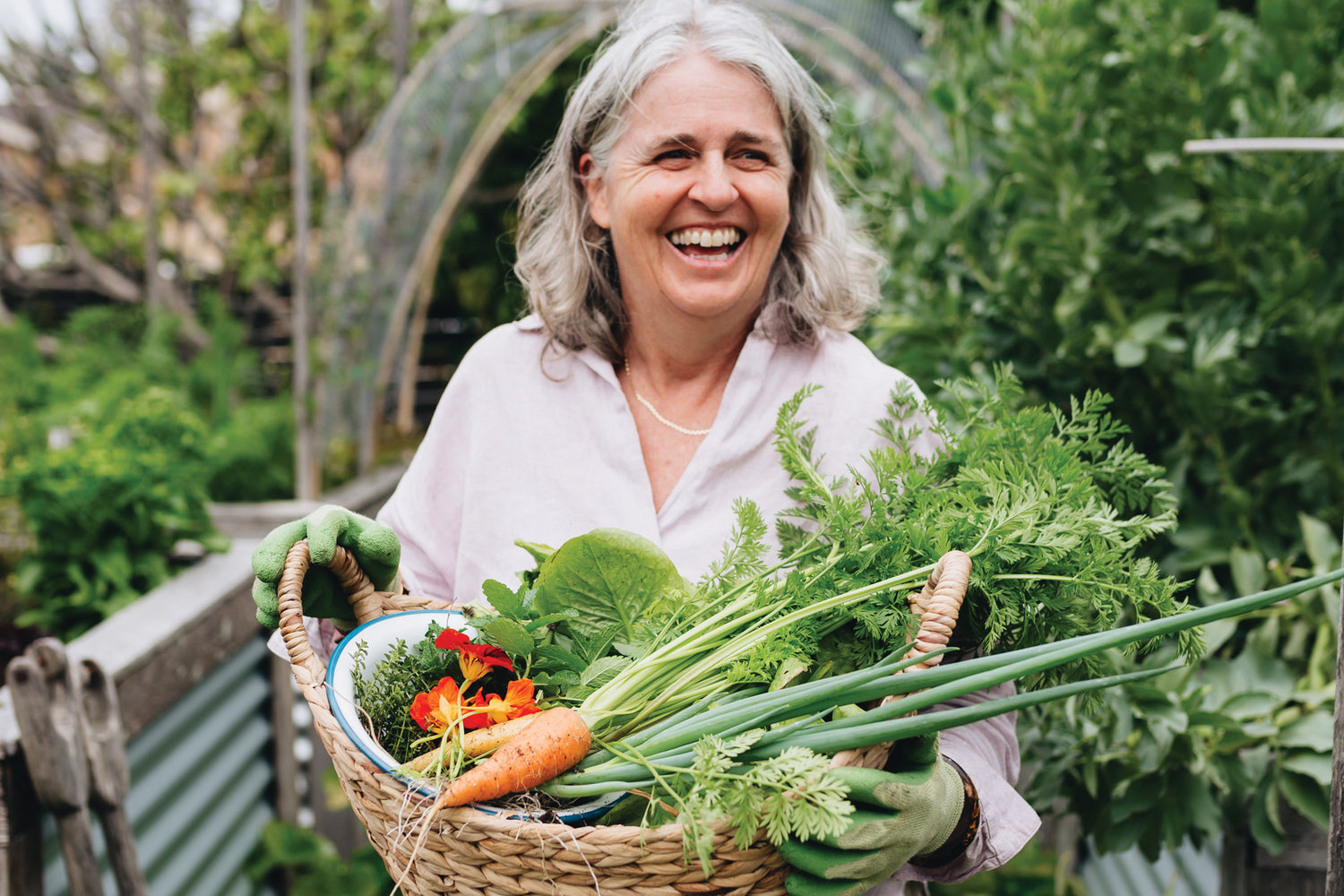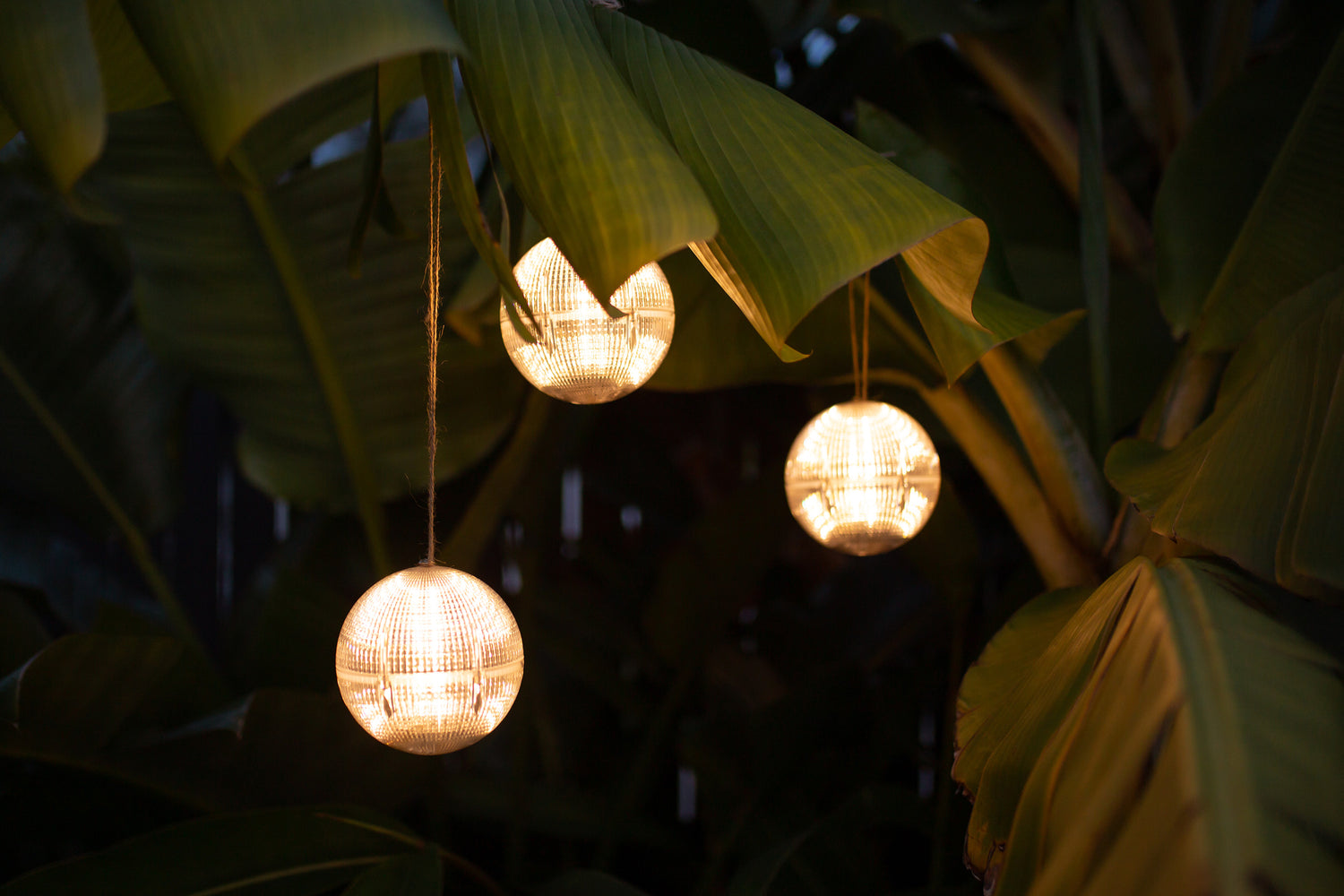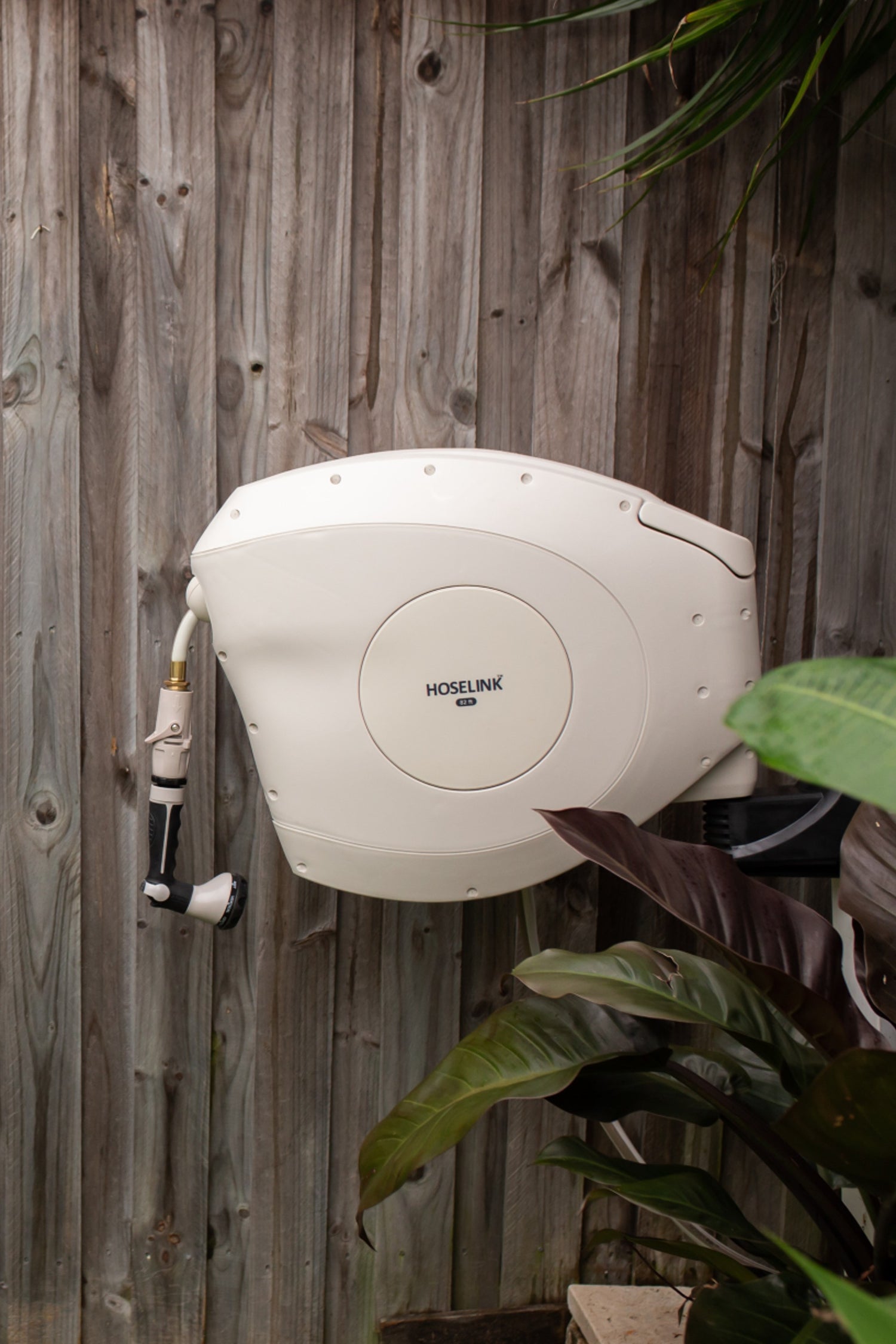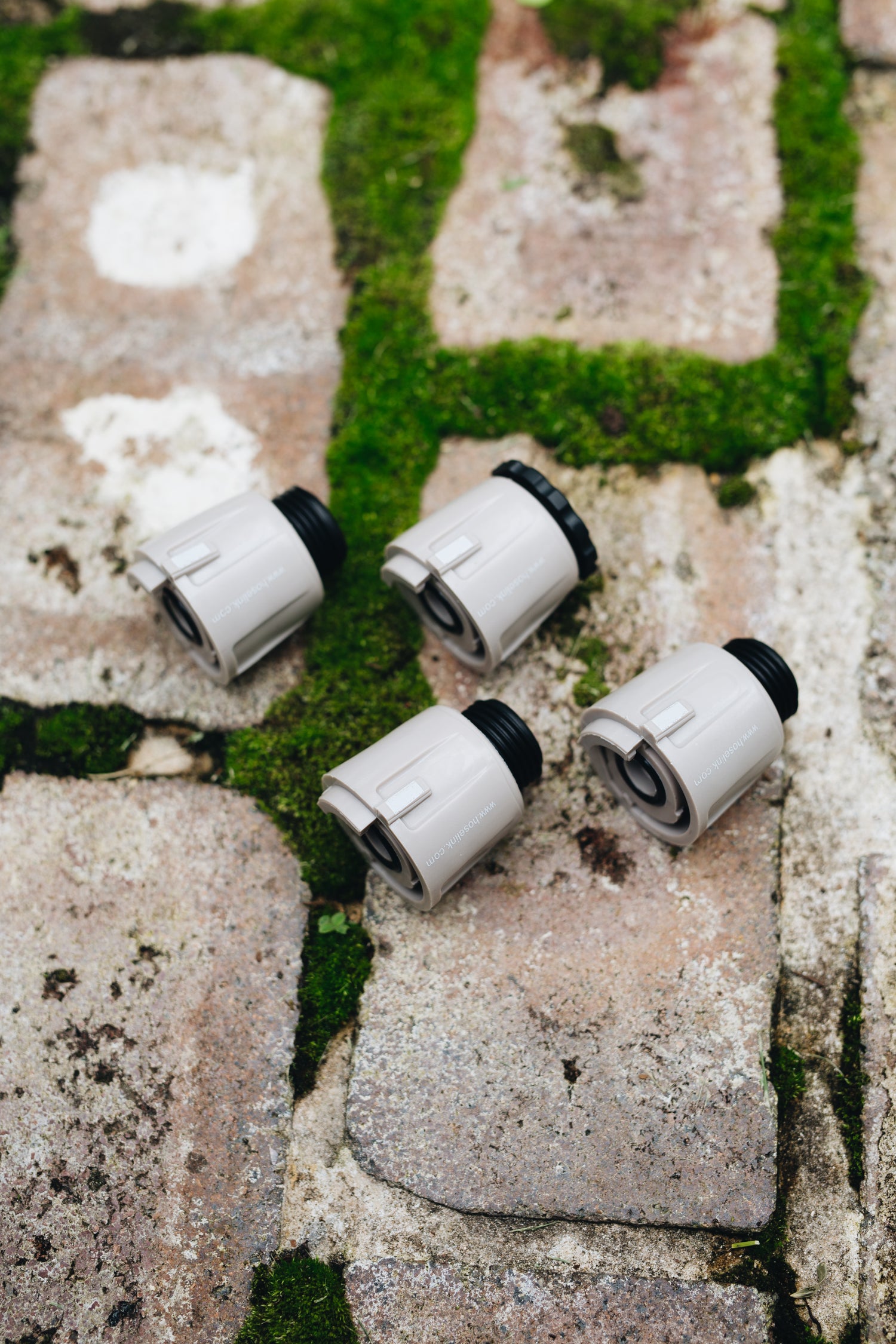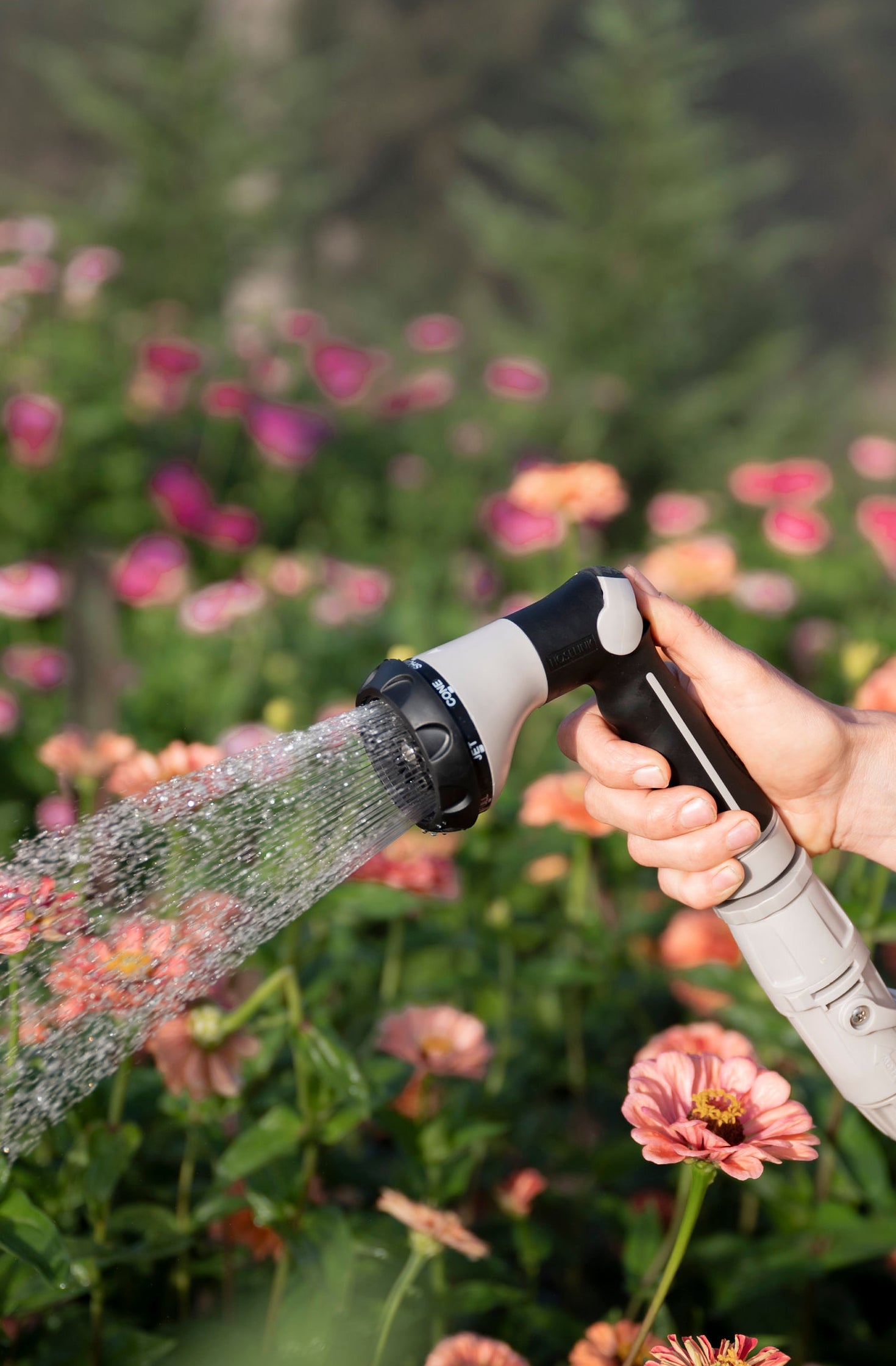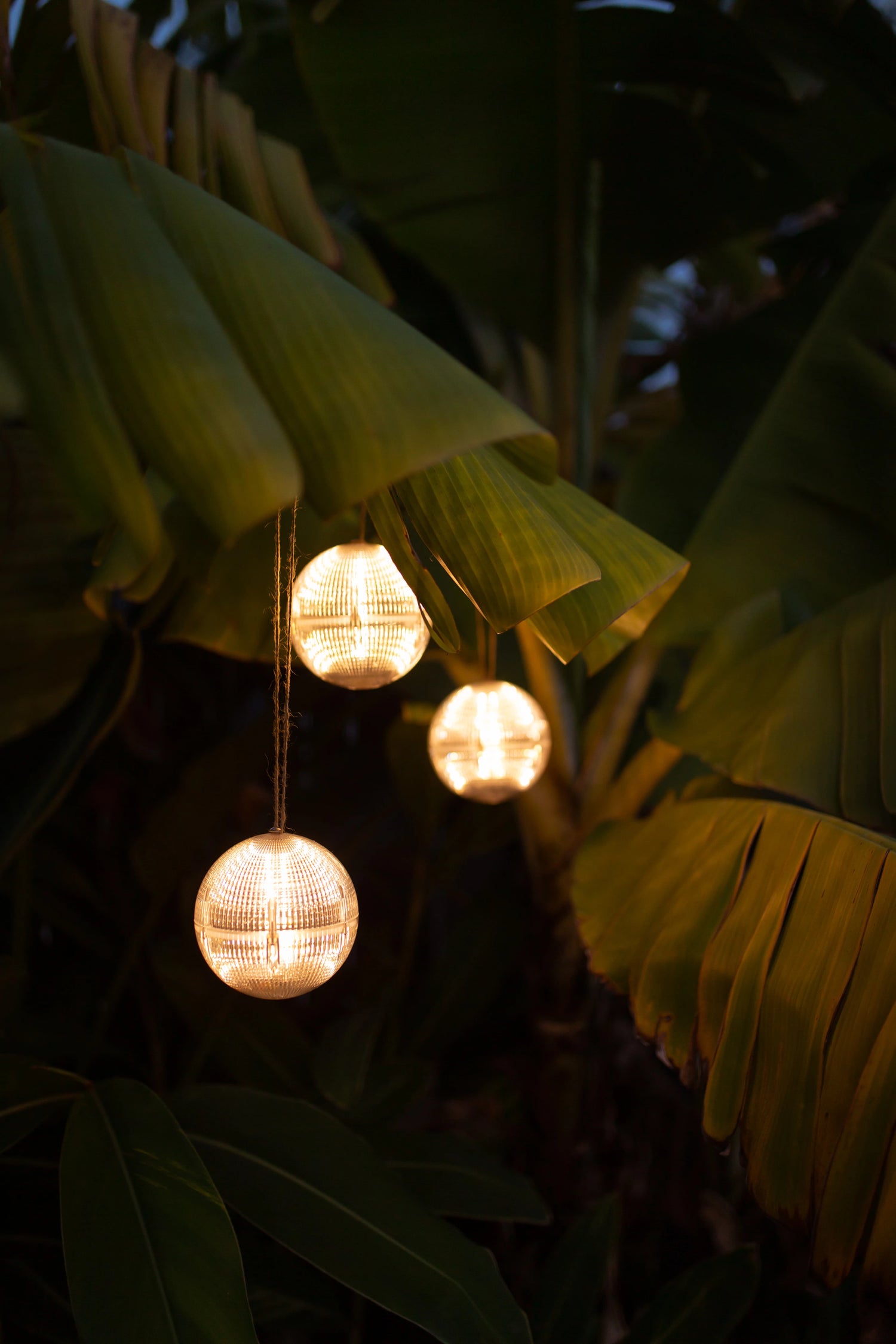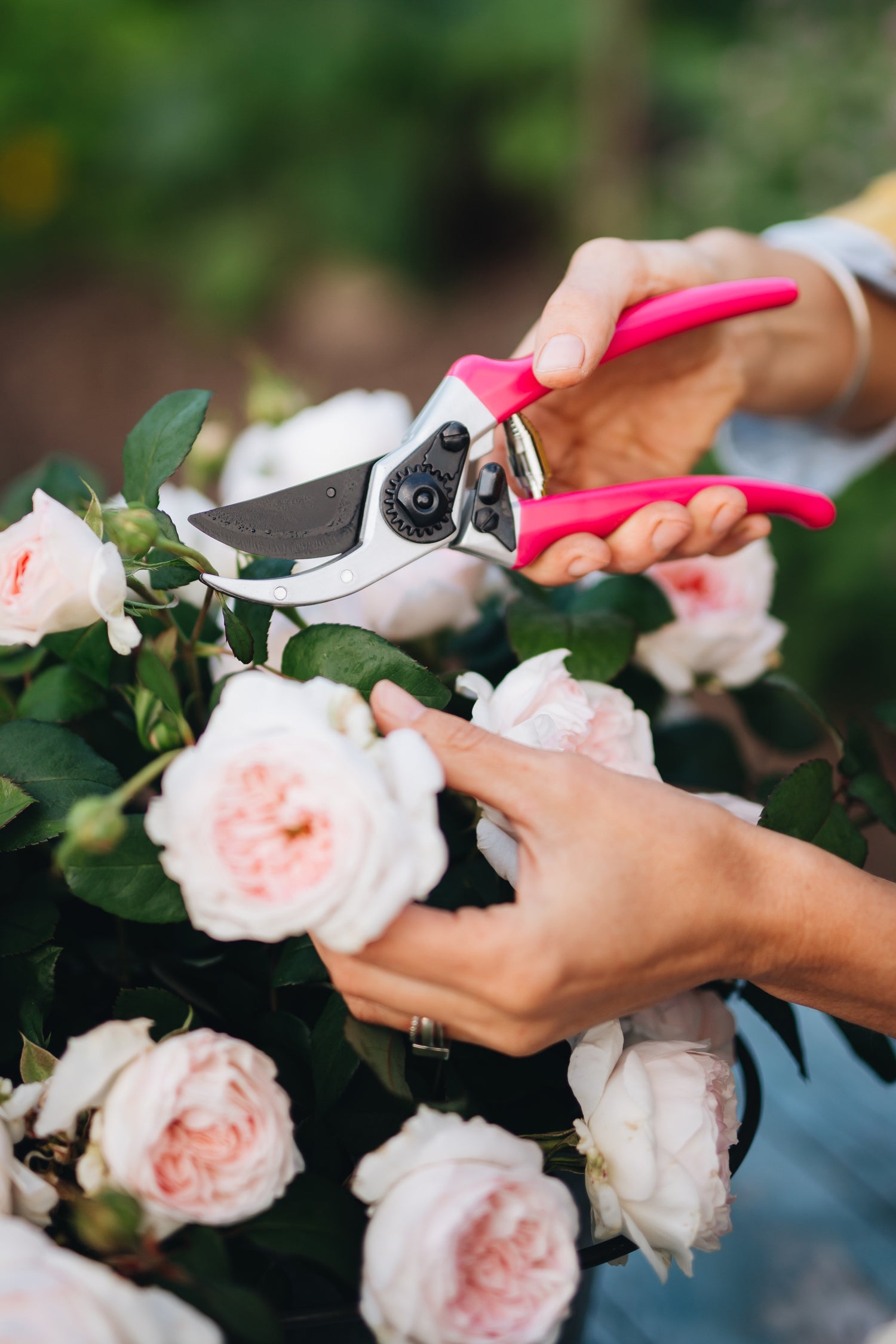Looking to bring vibrant color, life, and charm to your garden, patio, or balcony this summer? Hanging baskets are one of the easiest and most visually rewarding ways to enhance any outdoor space. While local nurseries offer plenty of pre-made hanging baskets each year, creating your own is simple, rewarding, and gives you the freedom to customize every detail to match your personal style.
In this guide, we’ll walk you through everything you need to know about creating the perfect hanging baskets—from choosing the right plants and soil to assembling and maintaining them.

Why Build Your Own Hanging Baskets?
One of the biggest advantages of building your own hanging baskets is how cost-effective it can be. Pre-made baskets from nurseries or garden centers often come with a premium price tag, especially during peak season.
By creating your own, you can stretch your budget further, choosing plants that fit your style and reusing baskets, liners, and tools year after year. Buying individual plants, potting mix, and fertilizers in bulk not only saves money but gives you the freedom to mix and match varieties for a truly custom look.
Plus, if you’re already an avid gardener, chances are you have many of the materials on hand—making DIY baskets an affordable and creative way to refresh your outdoor space without overspending.
Design Ideas for Stunning Hanging Baskets
For a Cottage Garden Feel:
- Plants: Geraniums, trailing lobelia, alyssum
- Color scheme: Soft pastels like lavender, blush pink, and cream
For a Bold & Tropical Look:
- Plants: Caladiums, fuchsia, trailing petunias
- Color scheme: Bright reds, deep purples, and lush greens
For a Culinary Herb Basket:
- Plants: Trailing rosemary, thyme, oregano, basil
- Functional and fragrant, plus easy to access for cooking!
For Shade Lovers:
- Plants: Fuchsia, impatiens, English ivy
- These thrive under porches and balconies with less direct sun
What You’ll Need
Before you start planting, gather your tools and materials. Here’s a basic list to get you started:
Materials:
- A hanging basket frame (wire or plastic)
- Coco liner or moss (for wire baskets)
- Potting mix (lightweight and well-draining)
- Water-retaining crystals (optional but helpful)
- A mix of trailing, filler, and focal plants
- Slow-release fertilizer
Tools:
- Gloves
- Trowel or small hand shovel
- Heavy Duty Secateurs
- Extendable Spray Wand

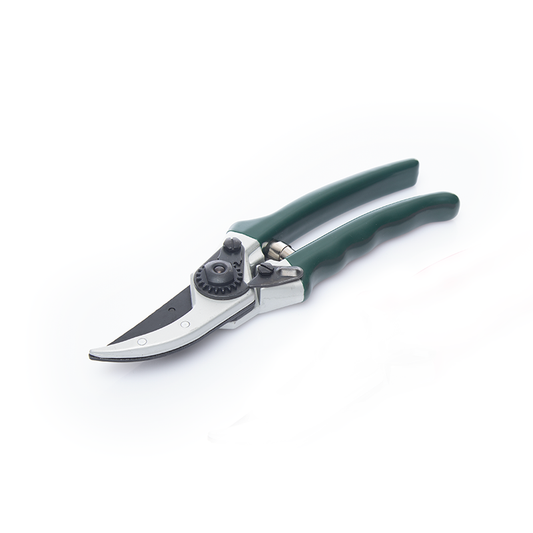
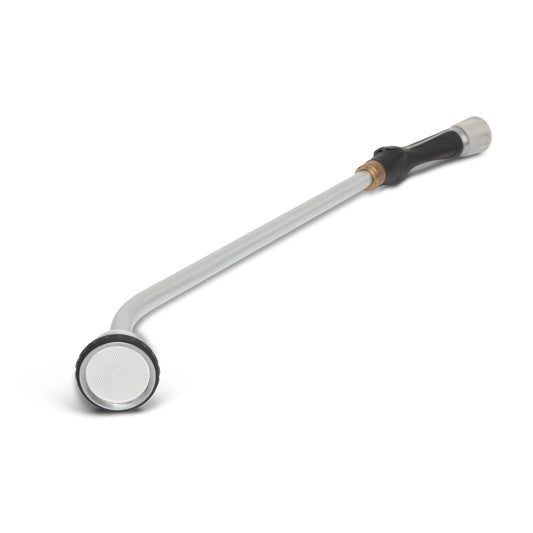
Step-by-Step: How to Build Your Own Hanging Basket
Step 1: Choose the Right Basket
The first step is selecting the right hanging basket, as it sets the foundation for your entire display. Wire baskets with coco liners are a timeless choice—they offer excellent drainage and airflow, which helps prevent root rot and keeps plants healthy. They also have a more natural, rustic look that many gardeners love.
On the other hand, plastic or resin baskets tend to retain moisture longer, making them a smart option for hot or dry climates where frequent watering can be a challenge. Some plastic options also come with built-in water reservoirs, which can help reduce maintenance.
When it comes to size, baskets between 12 and 16 inches in diameter tend to offer the best balance—they’re large enough to hold a variety of plants and enough soil for root development, but not so heavy that they’re difficult to hang or manage. Choosing the right basket for your climate, style, and space will help ensure your plants thrive all season long.
Step 2: Line Your Basket
If using a wire basket, line it with a coco liner or sphagnum moss to hold in the soil and water. Some liners come pre-shaped; others may need trimming. For extra water retention, consider placing a plastic saucer at the bottom of the liner or adding a layer of mulch.
Step 3: Add Potting Mix
Use a high-quality potting mix designed for containers. Regular garden soil is too dense and can compact, leading to poor drainage. For an added boost, mix in slow-release fertilizer to provide your plants with steady nutrition over time, minimizing the need for frequent feedings.
Additionally, incorporating water-retaining crystals can help your plants stay hydrated longer, especially in hanging baskets where moisture tends to evaporate quickly. These crystals absorb water and release it gradually, helping to prevent the soil from drying out too fast. By selecting the right potting mix and enhancing it with these additives, you’ll create an optimal environment for your plants to grow strong and vibrant throughout the season.
Step 4: Select and Arrange Your Plants
The best hanging baskets follow the thriller, filler, spiller method:
Thriller – These are your standout plants, the focal point that catches the eye. Thrillers typically have height, bold blooms, or dramatic foliage. Think geraniums, begonias, or even ornamental grasses for an unexpected twist.
Filler – These plants add body and texture, filling in the middle section of the basket to create a lush, rounded appearance. Popular options include petunias, calibrachoas, and lantana, which not only look great but bloom continuously with the right care.
Spiller – These are the plants that trail over the edge of your basket. Great spillers include ivy, lobelia, sweet potato vine, and trailing verbena.
Choose plants that have similar sunlight and watering needs. For sun-loving baskets, try a mix of calibrachoas, verbena, and trailing nasturtiums. For shady spots, opt for fuchsias, impatiens, and trailing ivy.
Step 5: Plant Your Basket
Start by planting your spiller plants around the outer edge of the basket. If you're using a wire basket lined with coco coir or sphagnum moss, you can cut small slits or holes in the liner to tuck some of the trailing plants through the sides. This allows the spillers to cascade down more naturally, creating that beautiful, overflowing effect.
Next, place your thriller plant in the center of the basket—it should be your tallest or boldest plant for a strong visual focal point. Then, fill the space between the thriller and the spiller plants with your filler plants, spacing them evenly to create a lush, balanced arrangement.
Keep everything snug but not overcrowded. Plants need space to grow, and too many can lead to root competition and poor air circulation.
Step 6: Water Thoroughly
Once your plants are in place, give the entire basket a deep, even watering. You’ll want to ensure the moisture reaches all layers of the soil, especially if you’ve used a dense liner or planted spillers through the sides. To make watering easier and more precise, use a watering nozzle with multiple spray settings—like Hoselink’s 7-function Spray Nozzle—this allows you to gently soak the basket without disturbing the plants, ensuring every layer of soil gets the moisture it needs without over-saturating the surface.
Hanging baskets tend to dry out more quickly than in-ground or large container plants, since they’re more exposed to sun, wind, and air circulation. This makes consistent watering essential to keep your plants healthy and blooming.
In the warmer months, you may find yourself watering once a day, especially for sun-loving or thirsty plants. During cooler or overcast stretches, every other day might be enough—just pressing a finger into the soil or lift the basket to check its weight for a quick moisture check.
For high-hanging baskets or hard-to-reach spots, use your 4-Pattern Extendable Wand to make the job much easier.

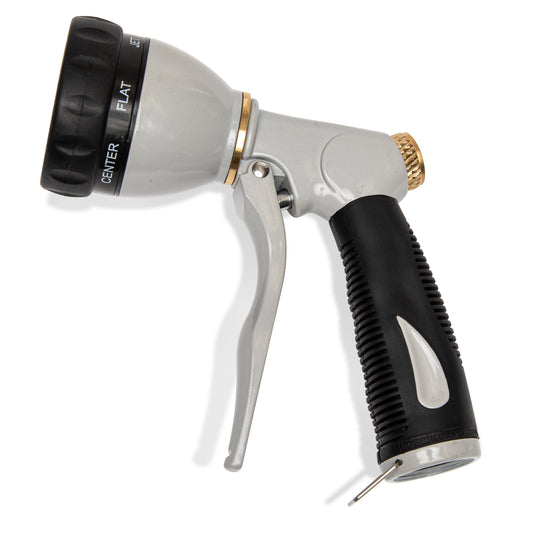
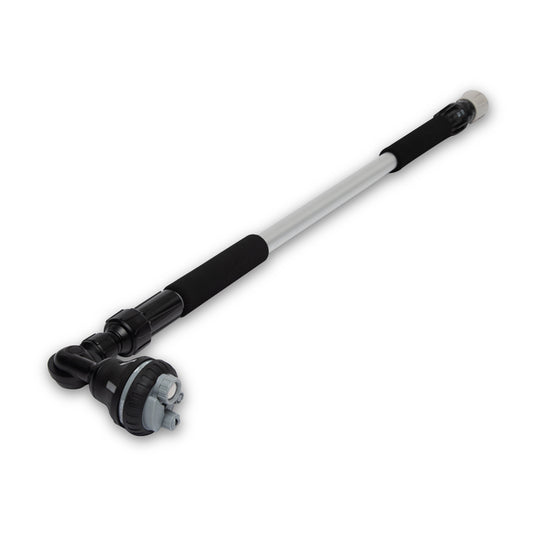
Ongoing Care Tips
Fertilize Monthly
Even with slow-release fertilizer, hanging baskets benefit from a monthly boost. Use a liquid fertilizer like seaweed or fish emulsion for continued blooms.
Deadhead and Prune
To keep your basket looking full and fresh, regularly deadhead spent flowers and trim any leggy growth. Hoselink’s Handy Snippers make this task quick and clean.
Rotate and Relocate
If one side of your basket isn’t getting enough light, rotate it weekly. For large or heavy baskets, use swivel hooks for easy turning.
Final Thoughts
Building your own hanging baskets is a perfect way to add personality and greenery to your home. Whether you’re going for elegance, vibrancy, or a touch of whimsy, the combinations are endless—and entirely your own.
Armed with the right plants, some creative flair, and quality tools, you’re set to grow something beautiful. So grab your gloves, gather your gear, and get planting!

